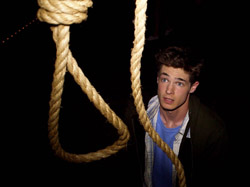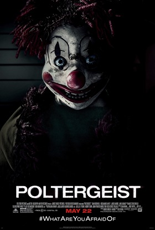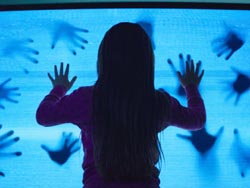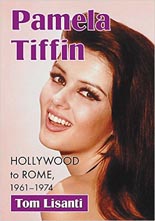 Tom Lisanti’s affection for cult-movie starlet Pamela Tiffin runs deeper than most. Heck, he’s even written a book about her brief career in film, the newly available Pamela Tiffin: Hollywood to Rome, 1961-1974, released by McFarland. Lisanti has penned eight books total centered on Sixties Cinema (also the name of his website), including Drive-In Dream Girls, Glamour Girls of Sixties Hollywood, Film Fatales and Hollywood Surf and Beach Movies. Here, to commemorate his Tiffin title, the author contributes a Guest List to Flick Attack, counting down a solid half-dozen of her silver-screen appearances. So without further ado and in chronological order …
Tom Lisanti’s affection for cult-movie starlet Pamela Tiffin runs deeper than most. Heck, he’s even written a book about her brief career in film, the newly available Pamela Tiffin: Hollywood to Rome, 1961-1974, released by McFarland. Lisanti has penned eight books total centered on Sixties Cinema (also the name of his website), including Drive-In Dream Girls, Glamour Girls of Sixties Hollywood, Film Fatales and Hollywood Surf and Beach Movies. Here, to commemorate his Tiffin title, the author contributes a Guest List to Flick Attack, counting down a solid half-dozen of her silver-screen appearances. So without further ado and in chronological order …
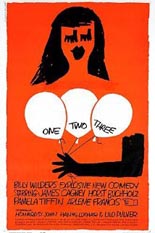 1. One, Two, Three (1961)
1. One, Two, Three (1961)
Pamela Tiffin’s second motion picture contains her most memorable performance (she received a Golden Globe nomination for Best Supporting Actress) and catapulted her to the top of the sixties starlet heap destined for stardom. A fast-paced, hilarious satire set in Berlin and poking fun at Communism and Capitalism, it was directed by Billy Wilder and written by him and I.A.L. Diamond fresh off their Academy Award wins for The Apartment. Tiffin plays impetuous Southern belle Scarlett Hazeltine who, while under the care of Coca-Cola’s man in West Berlin C.R. MacNamara (James Cagney delivering a brilliant rapid-fire performance), sneaks across the border into East Berlin and marries Communist Otto Ludwig Piffl (Horst Buchholz) causing all sorts of comedic trouble for MacNamara. He first undoes the marriage only to have to turn Otto into a capitalist son-in-law in good standing once the boss’ daughter’s pregnancy (“Scarlett is going to have puppies,” his daughter announces) is discovered.
Continue reading Guest List: Tom Lisanti’s Top 6 Essential Pamela Tiffin Movies

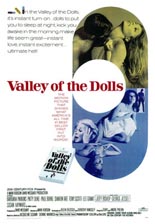
 As coined by Jacqueline Susann, the “dolls” of her 1966 breakthrough novel,
As coined by Jacqueline Susann, the “dolls” of her 1966 breakthrough novel, 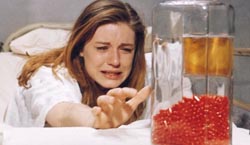
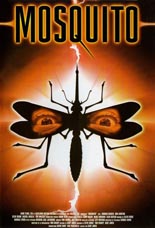
 Gary Jones’
Gary Jones’ 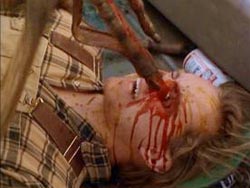
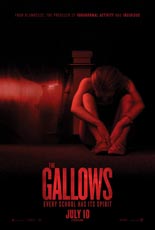
 Much curiosity surrounding
Much curiosity surrounding 